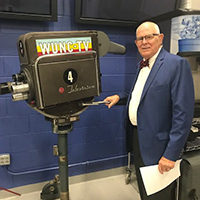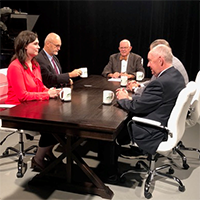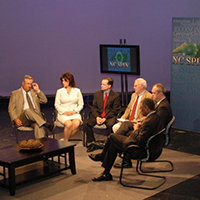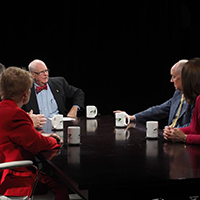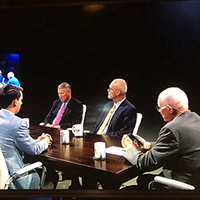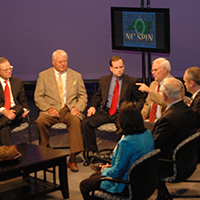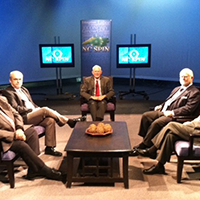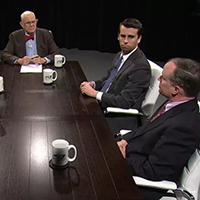The Greenville-Pitt County Chamber of commerce’s monthly Power Lunch on Tuesday focused on state highway funding with encouraging project updates, but a not-so-encouraging outlook on future funding formulas. Ferrell Blount, vice chairman of the N.C. Board of Transportation, reiterated the revenue problems related to the state’s gas tax and said the state will need to “think outside the box” to solve those problems.
The thinking at the State Legislature this year has been limited to approval of a stopgap measure that prevents the state’s gas tax from falling below 30 cents per gallon in July. With lower oil prices, having the gas tax linked to the wholesale price of gasoline was going to cause a sharp drop — $236 million during the next fiscal year alone — in state transportation revenue.
That measure was needed to ensure funding for road maintenance and long-range projects, but it could allow the gas tax to eventually soar to new heights without some of that “outside-the-box” thinking Blount called for.
A projects overview provided by John Rouse, NCDOT Division 2 engineer, had several Pitt County improvement jobs on schedule. The design phase of the 12-mile Southwest Bypass project to connect U.S. 264 west of Greenville to N.C. 11 south of Ayden is to be complete in September, with right-of-way acquisitions to follow. Work is set to start on that project in March.
Construction is set to begin in the fall on the multi-lane 10th Street Connector project, linking Memorial Drive in Greenville’s medical district with the East Carolina University east campus at Evans and 10th streets.
Blount indicated that more such transportation improvement projects are possible due to the Legislature’s approval of last year’s Strategic Transportation Investments (STI) law, which allows the DOT to maximize transportation funds for infrastructure enhancements. He said the law also establishes the Strategic Mobility Formula, a new data-driven method for allocating available tax dollars.
“This law takes the politics out of road building,” Blount said.
That may be true, but Blount also stressed that using the gas tax as a primary revenue source for transportation is not sustainable. That means that if the state continues planning and funding transportation needs based on gasoline consumption, most of the burden will be on the middle class.
Legislators and state leaders must heed Blount’s advice and get busy building a better funding model for transportation to go along with the new and more efficient allocation model.
Otherwise the politics of road building will quickly return.
